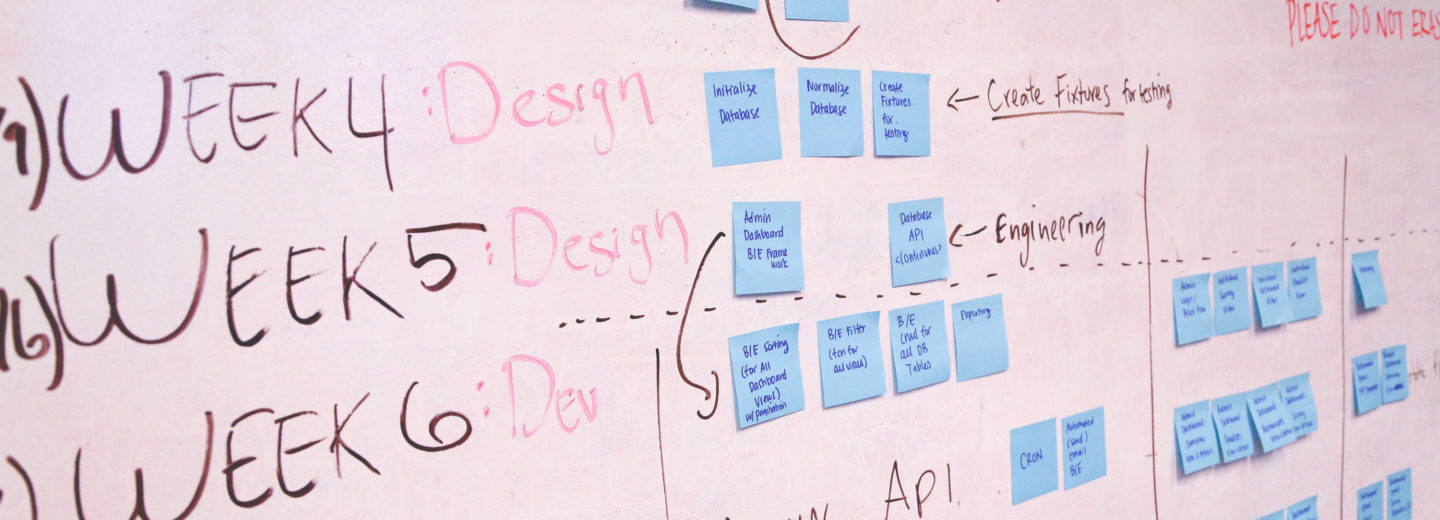It’s a great time to be a marketer. There are tons of new avenues to explore for getting your message out there. But I find that some marketing efforts become misguided by focusing too much on the vehicle rather than the audience.
Joe Pulizzi, founder of the Content Marketing Institute (and a huge hero of ours at PostBeyond) explained it this way:
We marketers always seem to look to the new, the exciting, the different instead of focusing on doing correctly what we’ve already committed to.
I think we’re all guilty of it sometimes. Joe phrases this as “jumping over the 95% to get to the 5%.” We focus too much on the “nice to have” things and put our efforts there, rather than focusing on the important things.
So what does this mean?
Joe gives some great examples like abandoning a live in-person event in favour of a Snapchat campaign, or (my personal favourite) doing away with an email newsletter due to lack of results, when the newsletter is essentially a glorified sales pitch.
We’re big believers in having a clearly defined content strategy. Although our strategy has definitely evolved over time, we try to always circle back to how it helps our current customers. Lead generation and demand generation are necessary, but if our content doesn’t help our current customers first, then we risk losing that relationship.
There’s a balancing act that we marketers still need to figure out. How can we make the most of all of our content marketing avenues while ensuring that the content we’re distributing is actually worth consuming? And how can we avoid being overwhelmed by generating all of this content?
PostBeyond’s Content Strategy
When we create a piece of content, regardless of whether it’s targeted to an existing customer or to a potential prospect, we try to speak to a certain disposition. We want to rally those people who are the change leaders within their company.
No specific title, seniority level, or other demographic info. We want to get through to the mobilizers – that’s it. That’s who our content is meant for.
So when we’re creating our content, we try and put ourselves in their shoes. We make a point to ask how it helps them, not how it makes us look in a dashboard (even though we do love some good dashboard action.)
It’s our job as marketers to provide value to content. While we follow a strategy and calendar for our content, this shouldn’t mean that we lose sight of how to make helpful content. There’s already too much content to wade through – why add to that?
But we know that repurposing content yields great results. And we know that a high volume of content being published drives inbound leads.
We try to adhere to Joe’s advice here and make each piece of repurposed content as valuable (if not more valuable) than its source. His advice for brands:
Is the main asset amazing? Is it unlike anything else out there? Is it truly telling a different story? Because if it’s not, then you are breaking up one mediocre content asset and turning that into an additional 12 equally mediocre assets, which at the end of the day will not move the needle for you one bit.
Upon reading this, I immediately thought of our 11 Step Guide for Enterprise Social Media Advocacy. It’s a high performing asset that we try and promote regularly. Each of the 11 steps listed can be broken out into a blog post on their own, but that’s where I think marketers get tripped up.
It isn’t as simple as copy/pasting and tweaking some words here and there. If we want each blog post to be valuable, we need to add a new element to it. Our latest breakout post, for example, includes a mini-interview with one of our Customer Success Managers and highlights a specific PostBeyond customer. In the past, we’ve added a wealth of supplementary research to one of the breakout posts.
We then automate a great deal of our publishing and distribution efforts. Our automation engine takes care of getting this content out to the mobilizers that we want to connect with.
Content Marketing That Works
Our strategy is getting results for us now, but we’re always looking to improve. Our Marketing Automation Manager Anuj is constantly helping us shape our content strategy so that we’re 1) reaching the right people and 2) delivering quality, helpful content to them.
It’s easy to get sidetracked and focus on whatever “hot” marketing tactic works for other brands. But I think the key is to be a bit critical of yourself. If, like that executive who wanted to can the e-newsletter due to lack of results, you’re debating which marketing efforts are truly worth pursuing, take a look at the content that’s being distributed there. Would you want to read it? Do your customers respond to it? Is it helpful, or is it a sales pitch?
The answers may not be easy to confront, but it will give way to a more defined content strategy. And THAT’S what will drive results.




